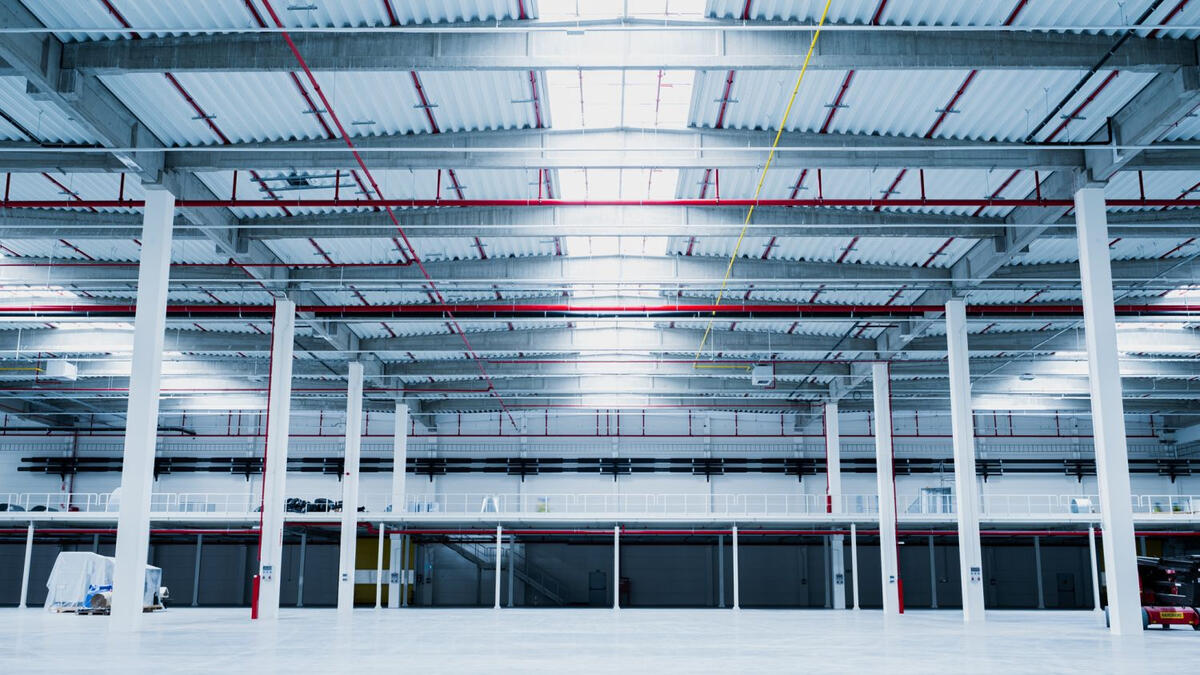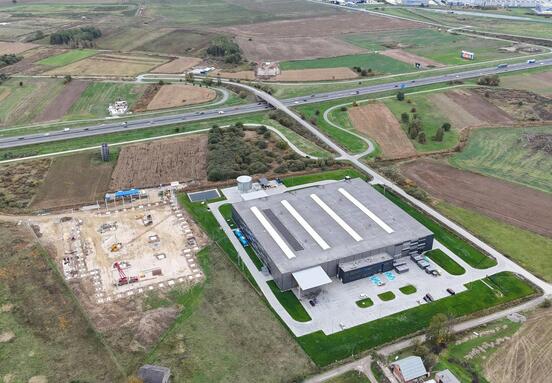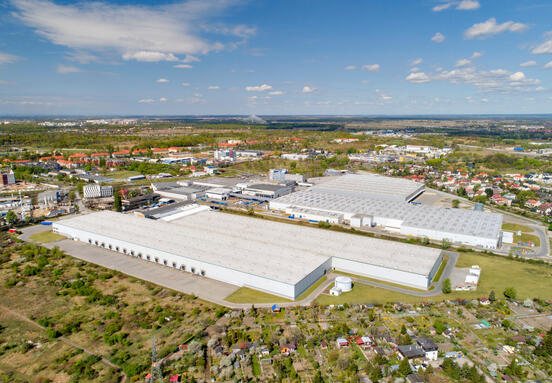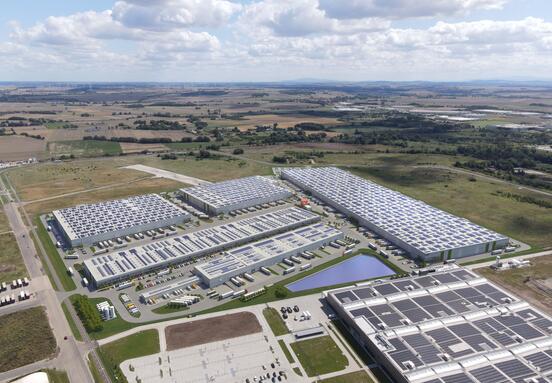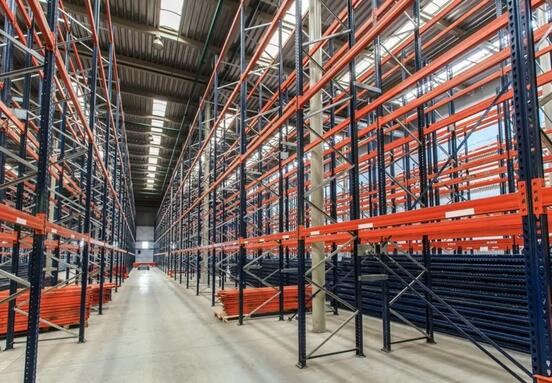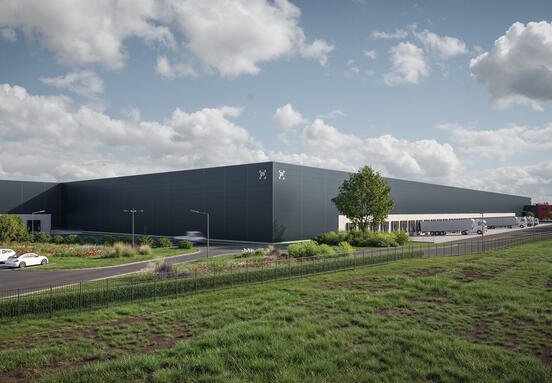“The Polish industrial and warehouse market closed out the year with a record-breaking supply of over 4.4 million sqm following a period of intense development activity, This was against the backdrop of a relatively strong demand throughout the year, with take-up hitting nearly 6.7 million sqm, the second highest level on record. This shows that the Polish warehouse and industrial market remains a very attractive destination in Europe,” says Jakub Kurek, Head of Industrial and Warehouse, Newmark Polska. “2023 is expected to see an increased focus on the redefining of supply chains, cost optimization and savings. Meanwhile, Poland’s total industrial stock will surpass the 30 million sqm mark.”
At the end of 2022, Poland’s total industrial and warehouse stock reached 28.3 million sqm, up by 18.9% over the year. Last year’s new supply hit a record 4.4 million sqm, representing an increase of over 42% on 2021. That said, new completions in the fourth quarter of 2022 amounted to just over 820,000 sqm, down by close to 31% compared to the third quarter.
At the end of December 2022, more than 3.4 million sqm of warehouse and industrial space was under construction, down by 14.6% on the third quarter of 2022 and by close to 30% compared to the first quarter of 2022, when the development pipeline totalled over 4.8 million sqm, the highest on record. This suggests that developers have adopted a more cautious approach towards commencing new projects, expecting new developments to be at least 50% pre-let before starting construction. By far the most significant fall in development activity over the year (Q1 vs Q4 2022) was recorded in Central Poland (close to 388,100 sqm, down by 51%) and in Lower Silesia (237,700 sqm, down by 38%).
Occupier activity remained relatively strong throughout 2022. Total take-up was close to 6.7 million sqm, the second strongest in the history of the Polish industrial market and 8.9% below the 2021 record performance. Leasing activity for the fourth quarter of 2022 amounted to almost 1.53 million sqm, a 2% increase over the previous three months. The best-performing quarter in 2022 was the three months to June, with 2.09 million sqm transacted. Net warehouse and industrial take-up came to 4.46 million sqm, accounting for 67% of gross take-up.
In 2022, new lease agreements accounted for 60% of all deals, followed by renewals and expansions which made up 33% and 7%, respectively. The growing occupier focus on cost optimization saw renewals increase their share of the total take-up to over 40% in the fourth quarter of 2022. It is also worth noting that 345,200 sqm was transacted in 2022 under shorter leases of up to one year.
The largest transactions of 2022 included VidaXL’s renewal of its lease for 123,000 sqm in VidaXL BTS Września and BestSecret’s 90,000 sqm lease in its BTS facility developed by Panattoni.
At the end of December 2022, Poland’s overall vacancy rate stood at 4.1%, marking a marginal fall of 0.2 pp quarter-on-quarter but a 0.4 pp increase year-on-year. Vacant stock comprised 1.17 million sqm in existing buildings and 1.56 million sqm in projects underway.
Warehouse rental growth which in 2022 averaged 15-20%, peaking at 30% and varying by location, is now beginning to plateau. However, Poland remains a very competitive destination for warehouse and industrial investment in Europe, with headline rents in newly-built warehouses standing at over EUR 4/sqm/month.
“Relatively high construction costs and funding constraints will produce a drag on development activity in Poland throughout 2023. This trend is expected to continue at least until the second half of the year,” says Agnieszka Giermakowska, Research & Advisory Director, ESG Lead, Newmark Polska. “Developers will be increasingly willing to commit to BTS or BTO projects, with speculative construction undertaken mostly by market players relying on their own funding. In addition, in its quest for optimization, the industrial market will be increasingly shifting its focus to sustainable and ESG solutions.”
Source:property-forum.eu
